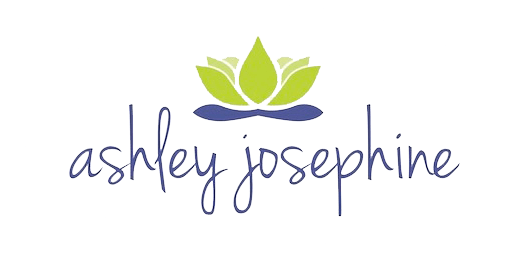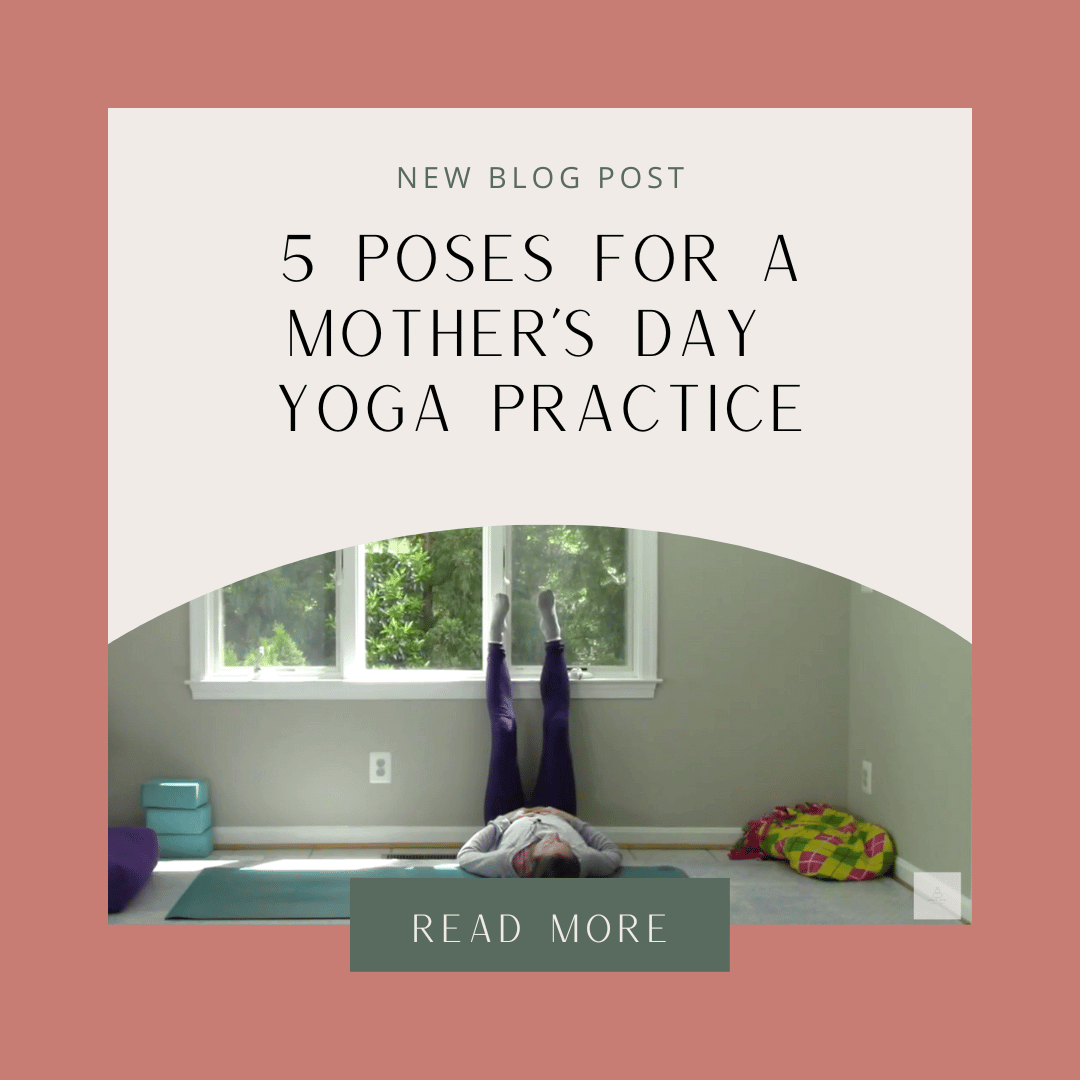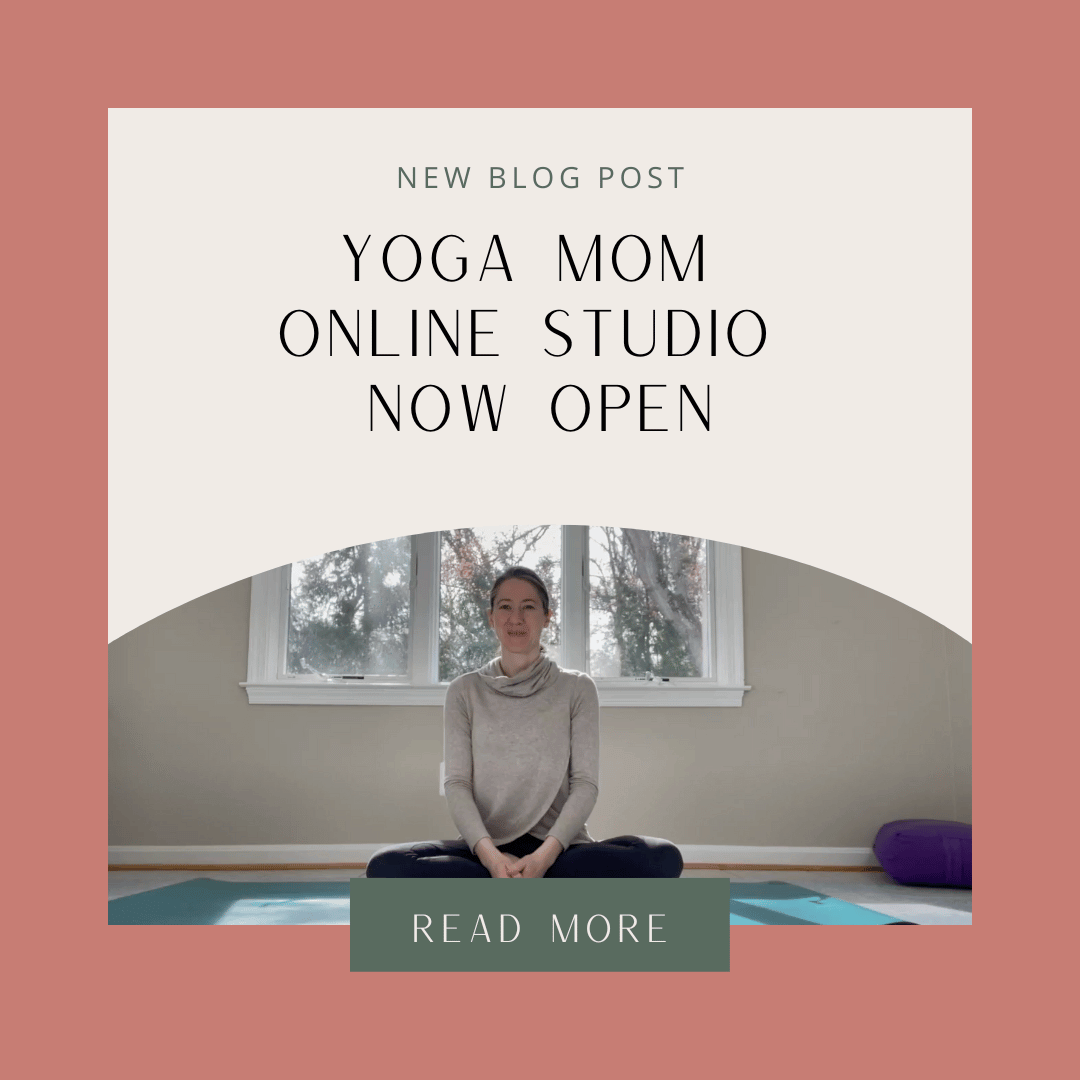Yoga is a beautiful practice in that you don’t need anything to do it. You don’t even need a mat.
However, there is a proliferation of yoga props on the market and sometimes it can feel like you can’t properly practice without props.
Yoga props serve to assist you in your practice and make yoga more accessible for many bodies. They can also make the practice more relaxing and enjoyable. They can helps us bring awareness to new sensations we were unable to discover before and they are generally useful in helping us build our practice and our postures in asana.
However, we mustn’t develop a dependency on props. It’s a sad day when we decide we can’t practice yoga because we don’t have our props.
On the other hand, there is a long-standing belief entrenched in some yoga circles that props signify a weakness. This is also not true. In fact, the most advanced practitioners are the first ones to grab their yoga props.
It becomes a little bit of a catch-22 then. Beginners fear they can’t start a yoga practice without the right gear and use not having the right gear as an excuse to not start a yoga practice. Then when they get to yoga they perhaps feel that using props makes them look like a beginner and weak, so they shun the props. Poor props can’t catch a break.
Doing a posture the right way has no bearing on whether or not you use props.
Here’s a breakdown of some of the props you may use in yoga practice, why you might use them, and alternatives to consider if you don’t feel like buying yoga gear (or can’t).
Blocks
Blocks, also sometimes referred to as bricks, are great for bringing the ground closer to you. They work great for people who have varying arm/leg/torso lengths that make it difficult to touch the ground in some standing postures, and or people who have very tight muscles and are still developing flexibility.
Blocks offer stability and can become an extension of the arms and legs. They can also offer height if you stand on them, although generally really flexible people are better off working on strength then increasing flexibility.
If you don’t have a pair of dedicated yoga blocks, find an old encyclopedia, Harry Potter book, or dictionary. Just be extra careful that you still feel stable.
Blankets
Blankets can help us feel more grounded and offer comfort. They can also offer height if we sit on them, cushion for our knees when kneeling, and provide warmth and weight in Savasana or restorative postures.
There is no one kind of yoga blanket. You’ll often see wool blankets used in yoga classrooms or the Mexican blankets, but really, you can use any blanket you have sitting around at home as long as you fold it up nicely.
Straps
Straps offer range of motion. If you can’t grab hold of your hands behind you or grab your toes with your fingers you can always use a strap to extend your arms and legs. This typically also helps you experience a bigger stretch and aids in increasing flexibility and range of motion.
If you don’t have a strap at home, a belt, scarf, or stretchy exercise band all work too.
Bolsters
Bolsters offer support. They are great for restorative postures and Savasana. They offer height like blocks but with more comfort, increased range of motion for the hard to get places like behind the shoulders, and provide neutrality to the spine when you place a bolster under your knees.
Yoga bolsters can be expensive so don’t be afraid to use a body pillow or a couple regular old pillows.
The next couple of items are nice to haves, but certainly not necessary.
Therapy balls
Rolling with therapy balls has become so much a part of my practice now that I almost never leave the house without them. Therapy balls offer massage on the go. They are great for getting into the knots that build up throughout the course of a day. Rolling on therapy balls gets blood moving into tissues that need extra care. I love rolling on my upper back, my neck, and the bottom of my feet!
If you don’t have therapy balls, I recommend using tennis balls. They’re not quite the same, but they’ll give you a similar result.
Eye bags
Eye bags are a luxury. They are wonderful in Savasana, especially the relaxing lavender-scented ones. Placing an eye bag over your eyes at the end of practice is a great, symbolic way of turning inward by turning off the external sensory perception of seeing. Plus, the added weight on the head can be comforting (and the aromatherapeutic benefits of a relaxing scent is an added bonus).
If you’re a bit crafty you can make your own by sewing up some silk with rice in the middle. Folding a towel and placing it across your eyes is great. For even more of a treat, soak the towel in warm water scented with your favorite essential oil or cold water if you’ve been practicing in heat. If the material allows it, warm up the eye bag in the microwave for a few seconds for the soothing effects of heat. Just don’t burn yourself!
Yoga towel
If you practice heated yoga, you’re bound to come across the issue of slipping. Students always ask me about the best yoga mat to avoid slipping and my answer is mostly that you’ll always slip a little bit, even when you do use a yoga towel. Yoga towels are also expensive but the ones designed specifically for yoga tend to work much better then a regular old bath or hand towel.
Yoga towels are also generally shaped specifically to fit a yoga mat whereas your bath towel might not be quite proportionate. Here’s my general advice with yoga towels. If you’re not going to be practicing hot yoga, you don’t really need one. If you’re not ready to invest in a high-quality mat, then invest in a cheap one and consider also getting a good yoga towel. Plus, you can use them when you travel as a stand-in mat and they’re easily washable. Be advised, though, they will bunch up and get in your way and you’ll find yourself constantly re-adjusting throughout practice. At the end of the day you might just deem them to be more of a distraction then anything.
Here are a few other props that you might consider investing in, but these really are not necessary and fall more in the gear category then anything else. That’s not to say they won’t change your practice.
Yoga wheel
If you are on Instagram and you follow yoga people, you have probably seen the Yoga Wheel. The Yoga Wheel is a great tool for developing your backbends and your balance. If you don’t want the Yoga Wheel, I have successfully used exercise balls to practice backbends in a similar way.
Yoga egg
The yoga egg is a type of block with more contours and an egg-like shape. It functions similarly to a regular rectangular yoga block but it provides a little more flexibility. The ergonomic design is meant to fit more naturally with the body’s natural curves, especially around the wrist, knees, and spine.
Yoga Jellies
Yoga Jellies are foam pads that you can place under your knees if you need more support then what a mat can offer (or if you aren’t using a mat). I have lots of students who bring these to class with them to use whenever we’re doing work on our hands and knees or when we’re in lunges and they’re back knee is down. If you don’t want to invest in a specific tool, folding up your mat to create more support or using a blanket are great alternatives.
Yoga socks
Still having trouble slipping on your mat? Try wearing yoga socks with a grippy bottom. You can also buy yoga gloves with grippy palms so that your hands don’t slip. And, if you don’t use a mat, wearing special socks and gloves makes the mat obsolete.
Yoga mats
I’ve done a review of yoga mats before on the blog. Any mat is a good mat to start with. Over time, the more dedicated you become to the practice you might want to invest in a better quality item. However, I’ve found in my own practice that my mat has become less important and the mat I use at home is just back to the basic cheap mat you can buy from Target. Sometimes, I don’t even bother rolling it out.
Yoga clothes
While Lululemon does make quality clothing (the word on the street is the quality is not as good as it used to be), don’t get too caught up with having the right yoga clothes. Any workout clothes will do, I just always recommend wearing compression shorts for men or women if you have flowy, non-tight shorts. Form-fitting, free-flowing clothing that makes it easy to move is best. Of course, if you’re going to be practicing in heat, then consider sweat-wicking material. There are so many options for buying workout clothing and yoga-specific clothes these days, with stores like Ross, TJ Maxx, Target, and Marshall’s carrying a decent selection as well as your high-end retailers like Lulu, Lucy, Athleta, Prana, Hard Tail, Sweaty Betty, Under Armour, Reebok, Nike, and so many more.
At the end of the day, let go of it all
At the end of the day, don’t get caught up in the details. Remember, yoga isn’t just asana, and you certainly don’t need mats, blankets, blocks, etc. for meditating, chanting, reading, and living.
Yoga is more an attitude toward what you’re doing then the contents of what you’re doing. Don’t get too caught up in the capitalism of it all and forget the real teachings of letting go of all the attachments that hold us back from experiencing the divine wonder in all of us.
Yoga is within you and accessible at any time with or without your yoga wheel, essential oils, malas, and Lulu pants.





